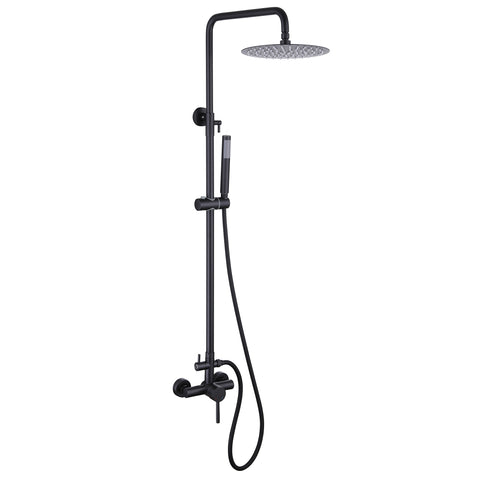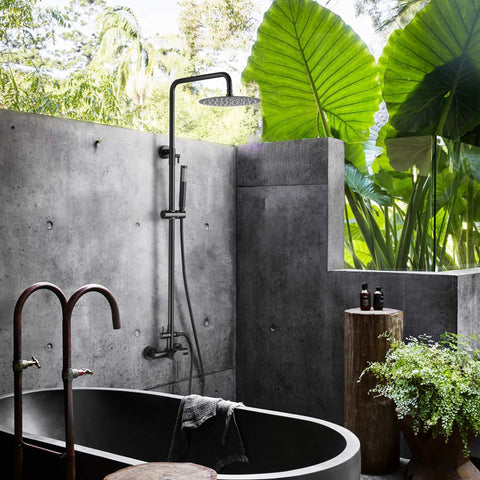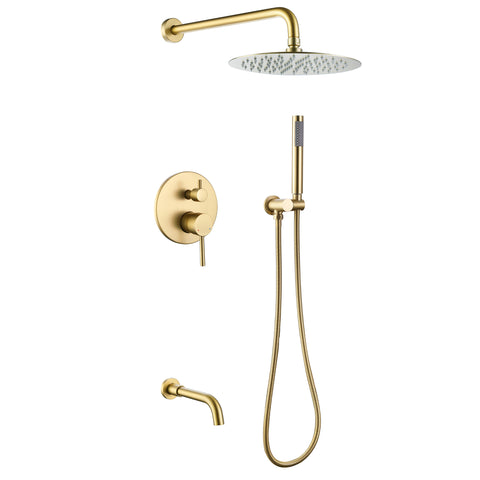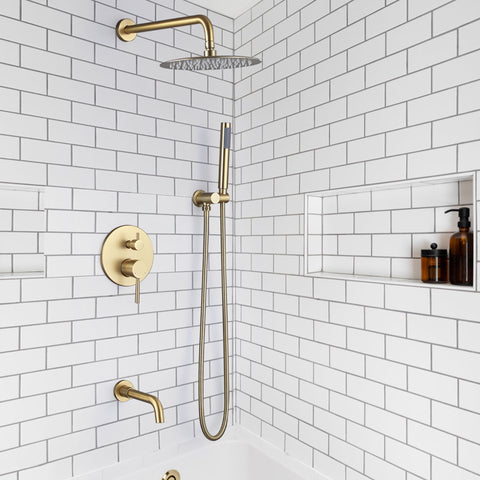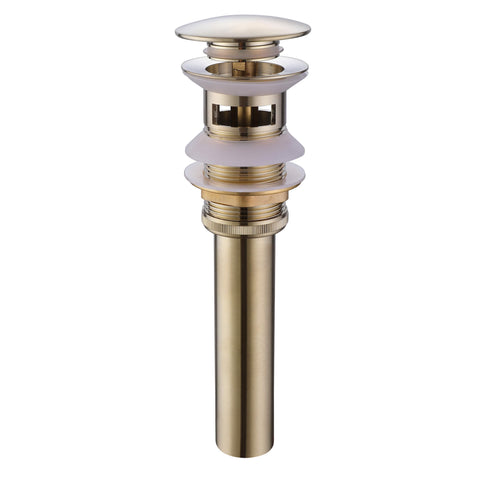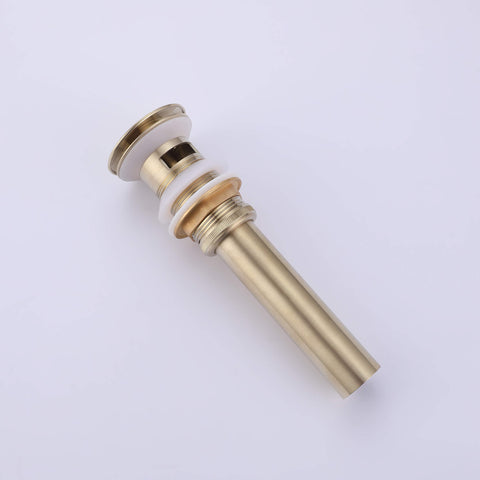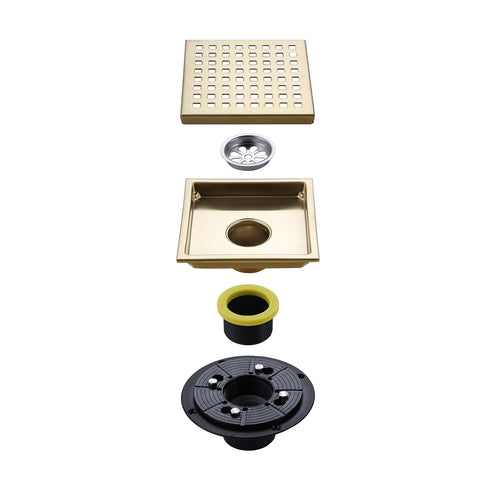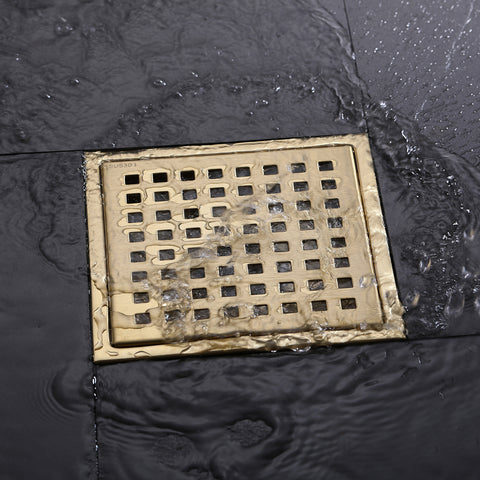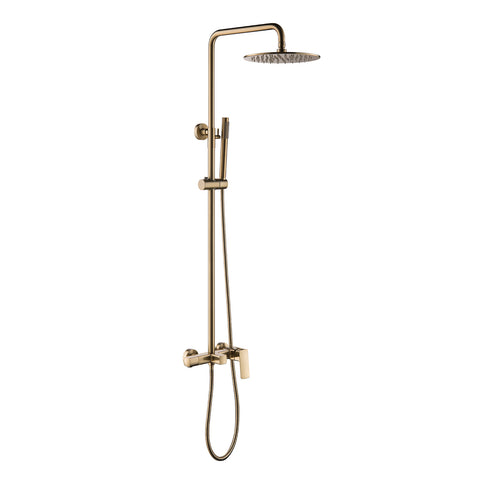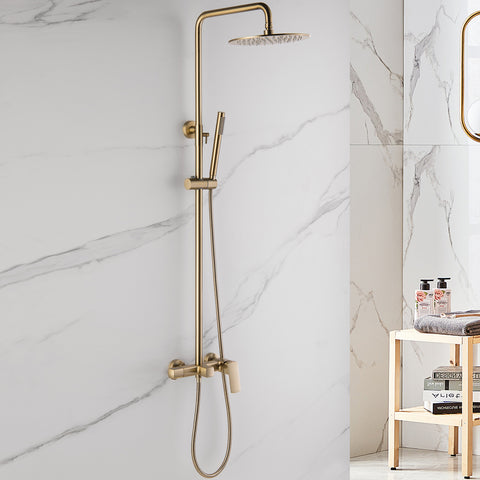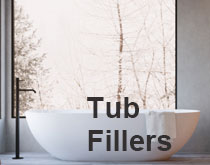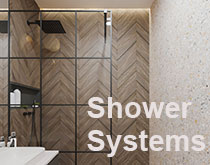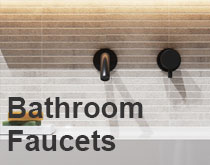What Are the Components of the Shower Faucet?
When it comes to modern bathroom fixtures, the shower faucet is a quintessential part of every daily routine. Despite its common use, many of us rarely think about the intricate components that work together to deliver a soothing cascade of water at the perfect temperature. In this blog, we will take a closer look at the essential components of a shower faucet and explore how they collaborate to create a seamless showering experience.
Handle/Knob
The shower handle or knob is the most visible part of the shower faucet and serves as the primary control for turning the water on and off. It is typically positioned on the front or top of the faucet and allows users to adjust the water flow rate and temperature. Handles can come in various styles, such as lever handles, cross handles, or knob handles, to suit different design preferences.
Valve Cartridge
The valve cartridge is the heart of the shower faucet, responsible for regulating water flow and temperature. It consists of a mixing chamber with inlet ports for both hot and cold water. As the handle is turned, the cartridge moves, aligning the ports to control the ratio of hot and cold water. This manipulation determines the water temperature coming out of the showerhead.
Shower Diverter
Many showers are equipped with a diverter that allows users to switch the water flow between different fixtures, such as the showerhead, handheld shower, or bathtub spout. The diverter can be a separate lever or integrated into the main handle. When activated, it redirects water to the desired outlet.
Escutcheon Plate
The escutcheon plate is a decorative plate that conceals the hole in the wall where the faucet is mounted. Besides its aesthetic function, it also provides a protective barrier against water intrusion into the wall. Escutcheon plates come in various shapes and sizes, contributing to the overall look of the shower fixture.
Showerhead
The showerhead is the part of the faucet where the water finally exits and cascades over your body. Showerheads come in a plethora of designs, including fixed, handheld, rain shower, and massaging jets, each offering a unique showering experience. Water flow patterns, water-saving features, and materials are essential factors to consider when choosing a showerhead.
Trim Plate and Flange
The trim plate and flange work in conjunction with the escutcheon plate to create a clean and polished look for the shower faucet. While the escutcheon plate conceals the hole in the wall, the trim plate and flange add an additional layer of aesthetic appeal, covering any gaps between the wall and the faucet's handle or lever.
Shower Arm and Pipe
The shower arm is a short pipe that connects the faucet to the showerhead. It is usually a rigid, fixed component, although some models may offer adjustable or extendable arms to optimize the shower experience. The shower arm positions the showerhead at an optimal height and distance from the user.
Next time you step into the shower, take a moment to appreciate the engineering marvel behind the seemingly simple shower faucet. From the handle to the showerhead, each component plays a crucial role in providing you with a refreshing and relaxing bathing experience. Understanding the inner workings of your shower faucet can help you make more informed decisions when choosing or maintaining this essential bathroom fixture. So, embrace the tranquility of your shower, knowing that a harmonious symphony of components is at work to make your daily routine a pleasurable one.
